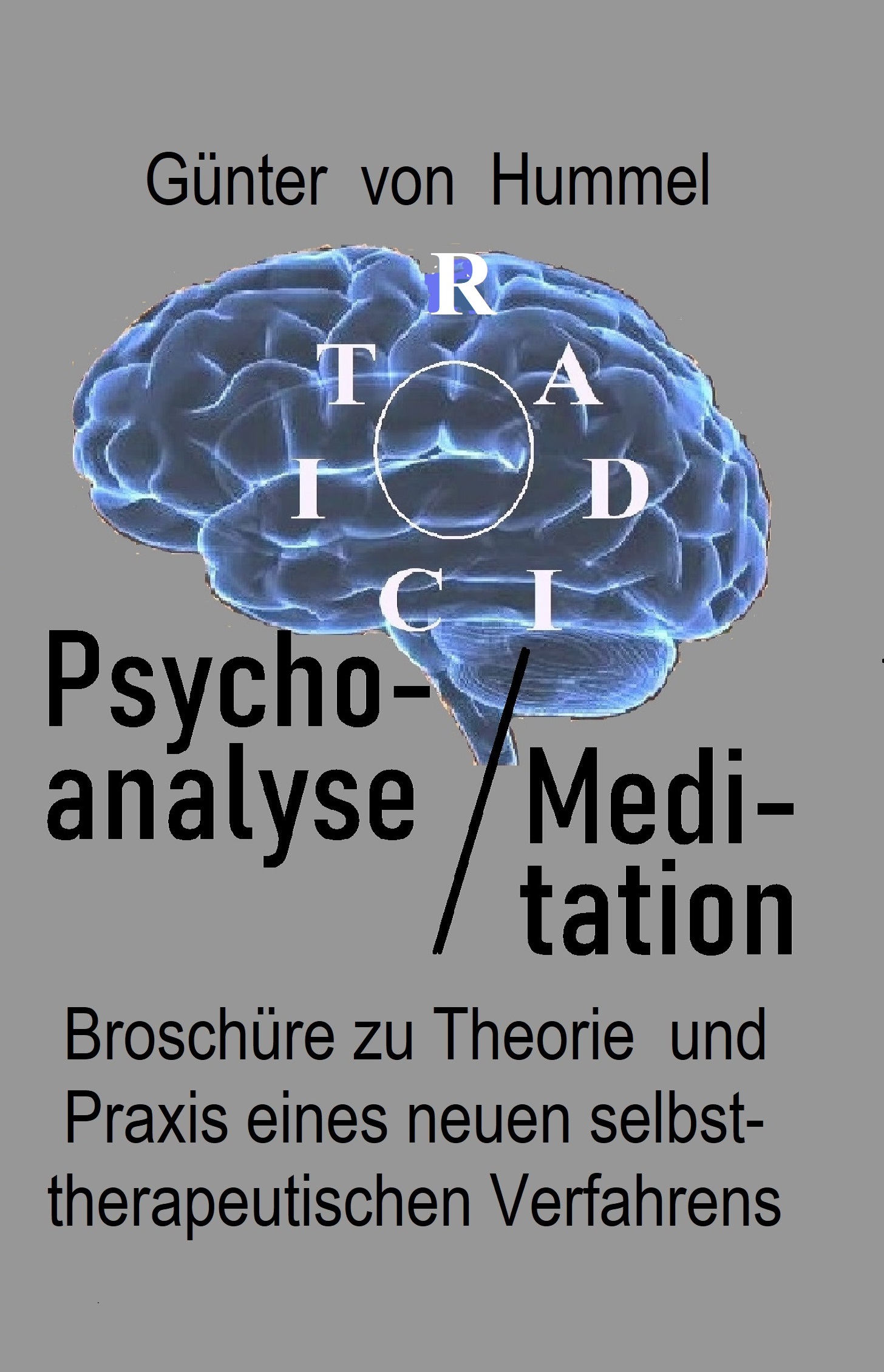There must have been a phase of multiple perception during the transition from animal to human being, "a deviation of the identical"1, or simultaneous multi-layer picture perception. It could lead to a 'super perception' and finally, to an so called omni- or synchronal perception.
In this context, neurologist D. B. Linke speaks of the double 'take' of a gaze (you have to look twice to really see) on the one hand and on the other, of the two visual systems (cerebrum and brain stem).2 Everything has to interact and so, multiple - perception is actually normal. In the meantime, man, by developing his symbolic language capabilities, has learned to connect and stabilize multiple-perception within normally structured perception. Both Kirpal Singh and Sawan Singh were able to rely on the primal process of multiple perception.
Moreover, they were able to produce an especially 'correct (urgent, sincere) gaze' by simultaneously applying speech and powerful 'imaginary symbols' (imaginary and verbal signifiers), which focuses multiple perception to omni-perception.That there are other kinds of the usual gazes can also be shown by using computer-designed pictures. Staring at such patterned pictures, as if in a trance, or as if your gaze goes into the distance, produces a three-dimensional picture behind the two-dimensional one.3 When digitizing picture, a first step would be to scan it using a scanner.
1 Lacan, J., Seminar Nr. I, Walter (1980) p. 218
2 Linke, D. B., Art and Brain, Rowohlt (2001)
3 Enterprises, N.E.T., The Magic Eye, Ars Edition (1994)


